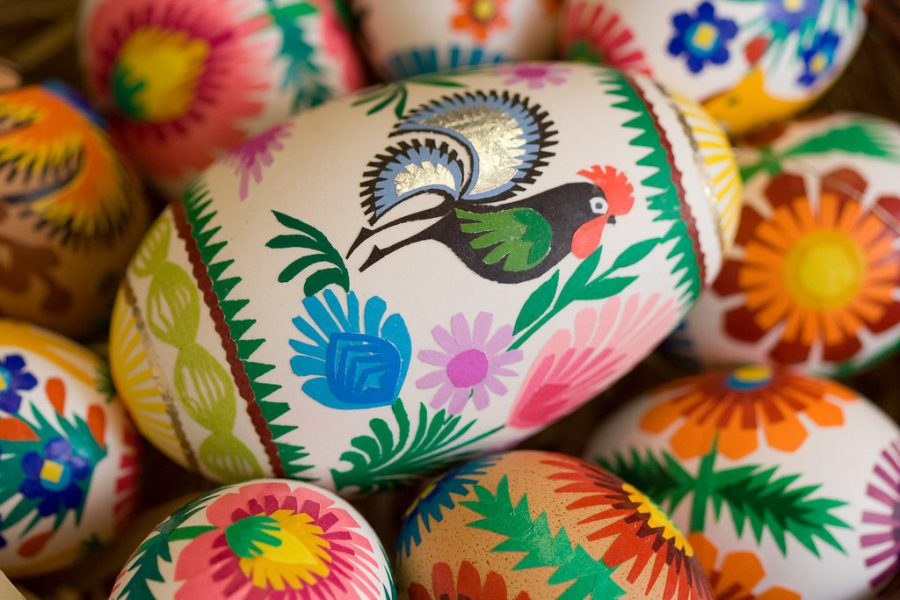Easter Myths and Legends
Everyone knows what Easter is; a fun Spring holiday to spend with family. Memories of watching out for the Easter Bunny comes rushing back, racing siblings to get that golden egg first. Many celebrate this holiday, but do they know how it all started? Today, the main reason people celebrate Easter is to honor Jesus’s resurrection. Shockingly, Easter was celebrated in Britain during 597 AD, long before the arrival of Christianity. Numerous myths and legends surround Easter and how it began. What’s the story behind our Easter traditions?
Easter actually began as a pagan festival, celebrating the coming of spring in the Northern Hemisphere. Celebrated since prehistoric times were the sacred equinoxes and solstices, signaling the changing of the seasons. The spring equinox falls around Easter, after the first full moon. The word “Easter” derived from the Old English word Eastre or Eostre. It’s said that Easter’s name came from the pagan goddess, Eostre, described in a book by the eighth-century English monk, Bede.
“Eostre refers to the Anglo-Saxon goddess of dawn and spring, but under Christian influence, the modern English term Easter took over the present meaning,” writes the author of the article How Different Cultures Celebrate Easter. Because spring festivals are associated with spring and new life, Jesus comes into play, being resurrected after death.
The Easter Bunny origin is uncertain. Some believe the Easter Bunny relates to Eostre, goddess of fertility and renewal, taking on the symbol of a rabbit. Rabbits symbolize fertility, and are often associated with spring because they have a high reproductive rate, producing a nest of offspring as soon as the weather warms.
What about the eggs? Well, decorating eggs was a popular folk custom dating back to the 13th century. Eggs are, like many of the Easter traditions, representative of new life. Eggs were eaten at the festival of Eastre, buried in the ground to encourage fertility.
“Children would make ‘nests,’ filled with grass, in hopes that Peter Cottontail would fill the nest with eggs. The nests gradually evolved into baskets, which were less messy, easier to carry, and, of course, bigger,” writes Cameron in the article, 9 Myths and Legends About Easter Traditions.
Easter is all about life after death, spring after winter, renewal, and fertility. The fun activities we do to celebrate Easter all originates from traditions long ago, many clouding in mystery. No one knows for sure how this celebration began, but it’s definitely a fun one. Happy Easter!

As Isabella Miller’s first year in Journalism, being a Freshman, she hopes to have fun with everything she does. She also wants to keep a 4.0 average....

